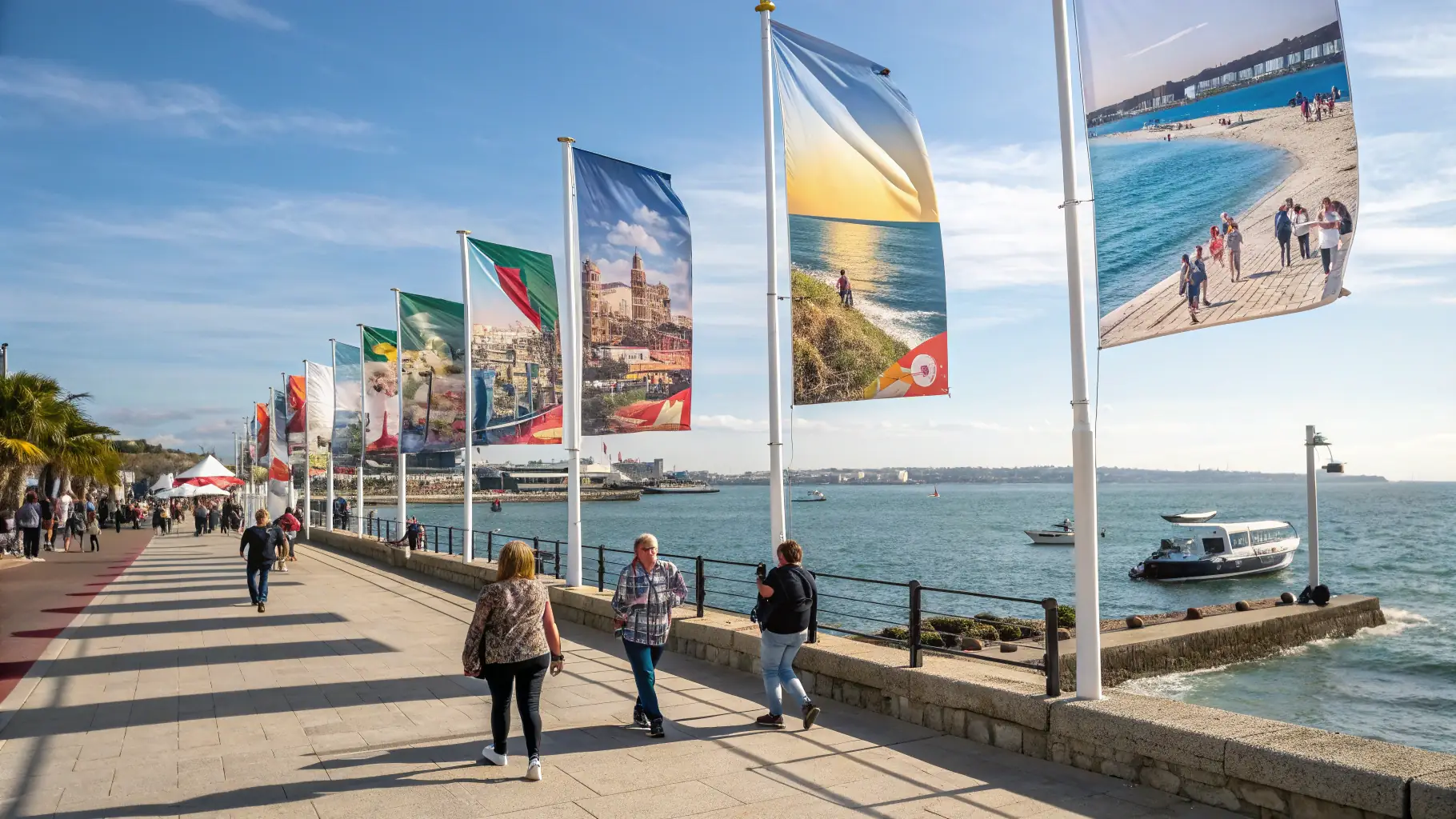British seaside resorts experienced a golden age during the Victorian era, fueled by the expansion of the railway network and the growing popularity of leisure travel. Towns like Blackpool, Brighton, and Margate became synonymous with seaside holidays, offering a range of attractions including piers, promenades, and amusement parks. These resorts provided a much-needed escape from the grime and pollution of industrial cities, attracting visitors from all walks of life. The seaside became a symbol of British leisure and recreation.
In the mid-20th century, the rise of affordable air travel and package holidays led to a decline in the popularity of British seaside resorts. Many holidaymakers opted for warmer climates and more exotic destinations, leaving traditional resorts struggling to compete. The decline of industries such as fishing and shipbuilding further exacerbated the economic challenges faced by these towns. Many resorts fell into disrepair, losing their former glory.
However, in recent years, there has been a resurgence of interest in British seaside resorts, driven by a desire for nostalgia, a growing awareness of environmental concerns, and a renewed appreciation for local tourism. Many resorts have invested in regeneration projects, revitalizing their attractions and infrastructure. From boutique hotels to artisan food markets, these resorts are offering a new and improved experience for visitors, ensuring their continued relevance in the 21st century.


